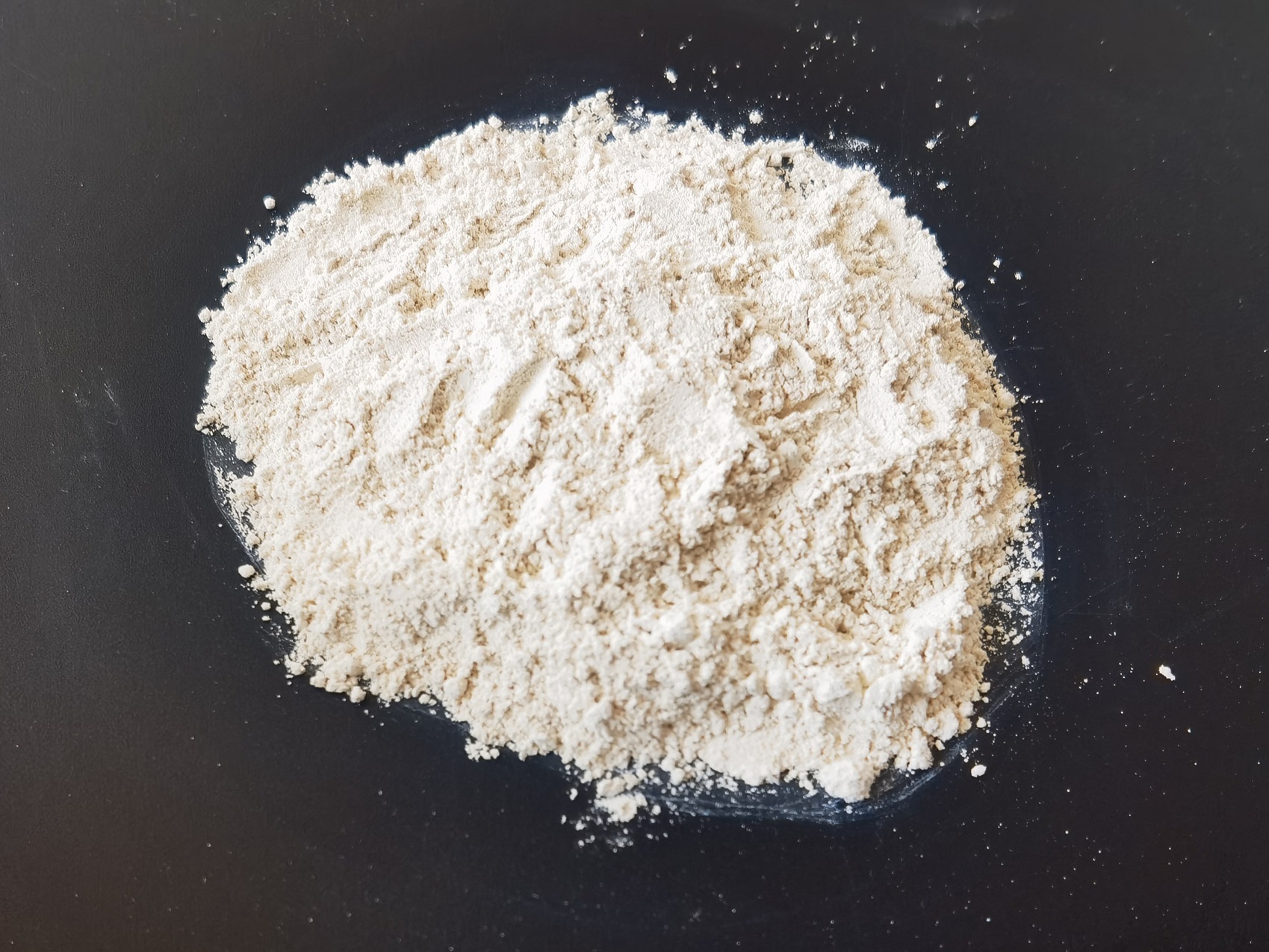Cementing (MOC、MOS、MPC)
Cementing (MOC、MOS、MPC)
The dominant form of cement used worldwide is Portland Cement (PC), resulting in an ongoing search for alternatives to PC because of its large CO2 emissions footprint, which comprises around 5-7% of global anthropogenic greenhouse-gas emissions at present.
One of many technologies is Magnesia-based cement, using MgO as a building block rather than CaO that comprises more than 60% of the elemental composition of PC. Comparing to the conversion of CaCO3 to PC, the production of MgO requires lower temperatures and saves more energy. However, there is the substantially different chemistry of MgO compared to that of CaO. Unlike the calcium silicate in PC, no magnesium silicate phases are formed at elevated temperatures in Magnesia-based cement. Therefore, Magnesia-based cement won't directly replace PC but still have several types and corresponding utilizations as follow:
• Magnesium oxychloride cements (MOC)
MOC is based on the aqueous reaction between MgO and MgCl2. MOC has the ability to bind and consolidate large quantities of diverse filler materials ranging from granite to sawdust, with good compressive and tensile strengths. Fire resistance property, combined with the ability of MgO to effectively reflect heat gives MOC binders good heat resistance. MOC can be used in fiber reinforced fire-resistant boards as a paintable substrate or internal plasterboard replacement.
• Magnesium oxysulfate cements (MOS)
MOS is similar in concept to MOC, except that MgSO4 is used instead of MgCl2. MOS owns the less hygroscopic nature of magnesium sulfate compared to magnesium chloride and a superior resistance to weathering. This enables easier shipping and a longer shelf life for bagged cements. MOS can be used in lightweight insulation panels and sprayable fireproof coatings.
• Magnesium phosphate cements (MPC)
MPC is formed through an acid-base reaction between MgO and a soluble acid phosphate (typically an ammonium or potassium phosphate), forming a magnesium phosphate salt with cementitious properties. As MgO mixed with phosphoric acid reacts too rapidly, MPC can be used as a kind of quick-setting cement for rapid-repair purposes, such damaged runways, pavements, bridges and even nuclear waste immobilization matrixes.
• Expansive MgO Cements
Reactive MgO can be used as an expansive additive in cement binders, often in dam construction and other large civil engineering projects, particularly in China, to compensate for the slight natural shrinkage of PC during hydration, which can continue for months or years in service.
IMC has developed a magnesium oxide product specifically for the production of the above various magnesia-based cements.
Recommended Products





